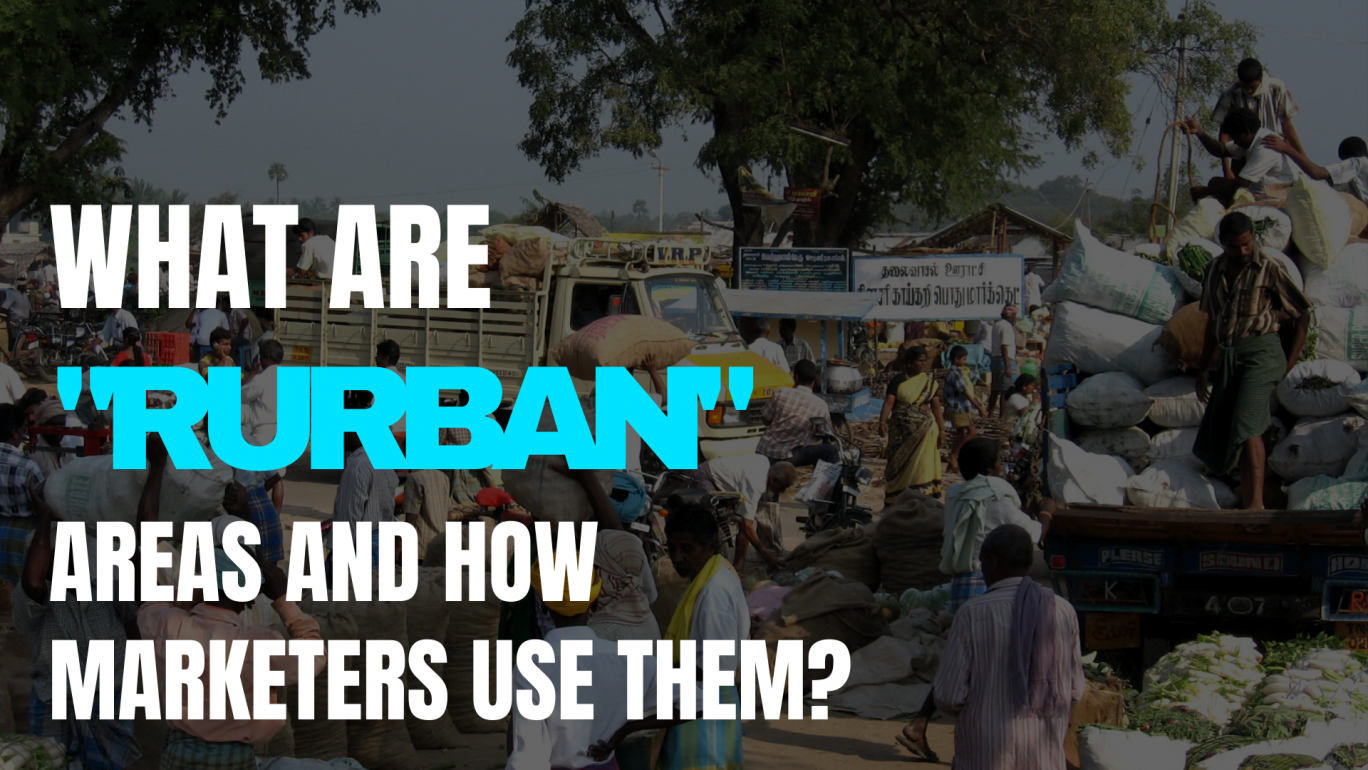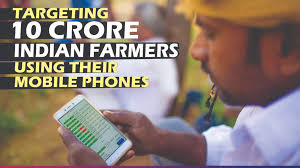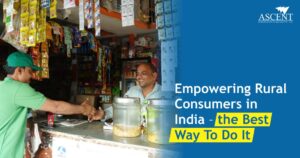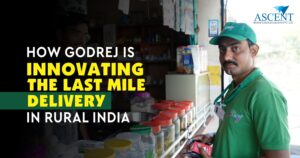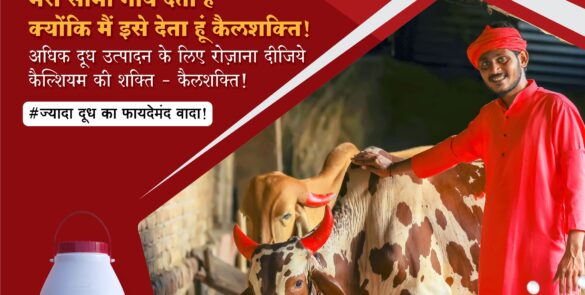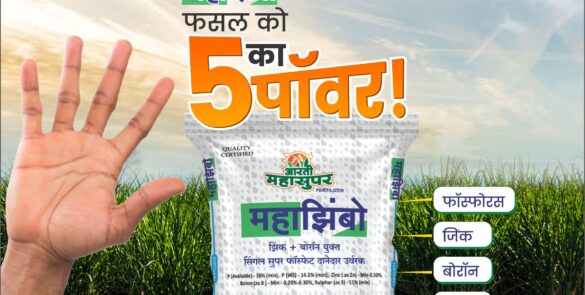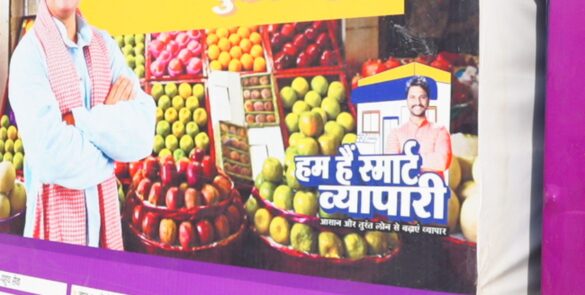India is predominantly a Rural Economy since, the rural population stands at 833 million, constituting almost 68% of the total population. Showing a growth of around 12% and increment in the number of villages by 2279 units, the rural areas in India are on a way to progress. Having access to electricity, roads, shelter, etc, the rural population is moving towards modern lifestyle. With educated generation and acceptance to the technological world, Rural India is the potential target for marketers.
RURBAN (Rural + Urban)
It refers to a geographic territory /landscape which possess the economic characteristics and lifestyles of an urban area while retaining its essential rural area features. These are the zones that are on the edges of an urban area while basically consisting of farming lands also. Hence they have the urban influence and potential for growth. These can be termed as economic drivers and have the immense capability to derive locational and competitive advantages.
The word came into the literature of India through the Government Scheme- Shyama Prasad Mukherji Rurban Mission (SPMRM).The govt. scheme is aimed at developing such rural areas by provisioning of economic, social, and physical infrastructure facilities. Also, focused development of the area and its people by enabling skill development makes these specific zones into well planned rurban clusters. Attracting the economic growth of the Nation, these areas prove to be a huge and budding customer segment.
Power Villages
Those feeder villages that have a good network of connectivity and supply chain to feed a number of small and inert villages is called a power village. Being a resource hub for many small villages, power villages act as the supplier of various and all types of necessities to the rural sections of the society.
Rural India accounts for 65% of retail outlets in the country. The logistics of feeding the 35 lakh retail outlets spread over 6 lakh villages is a tough task. With better connectivity, transportation, and infrastructural facilities these power villages become the center point for marketers and attract a huge customer base.
The average value of stock per product category in interior villages is about a third of that in feeder villages. Hence the necessities and rising demands of the millions of villagers get smartly distributed over these feeders. Finally, a huge target achievement for brands and companies seems to be as easy as pie!
The Rise of the Rurban Market
There has been a significant leap in the purchasing power, changing lifestyle and consumption patterns of villagers. Backed with an improved education system, social mobility, convenient transportation and connectivity and a boost in the interests in mass media have all improvised the perceptions of the rural sections of the society.
The newly focused for development areas of Rurban India are definitely a step ahead with the interventions of embraced interests in the online market, computers, smartphones etc. Marketers have now a chance to take a long jump from the saturation in the urban market, towards the newly framed mentalities of the society. There is a bright opportunity to explore the brand new rurban markets to give a huge rise in the consumer statistics.
The Internet has become a cost-effective means for a company looking to overcome geographical barriers and broaden its reach. Every brand and local or big companies have a scope to frame a new and burgeoning market story with every rurban village. Owing to a favourable changing consumption trend as well as the potential size of the market, Rurban India provides a large and attractive investment opportunity for private companies.
Despite urbanization, however, rural markets still account for half of India’s gross domestic product (GDP). This market activity and affluence make it necessary for marketers to continue focusing on them. Interestingly industries, such as two-wheelers and telecom, derive almost half their earnings from these hamlets.
At an instance, the Rural FMCG market accounts for 40 percent of the overall FMCG market in India, in revenue terms. Amongst the leading retailers, Dabur generates over 40-45 percent of its domestic revenue from rural sales. HUL rural revenue accounts for 45 percent of its overall sales while other companies earn 30- 35 percent of their revenues from rural areas.
The Fast Moving Consumer Goods (FMCG) sector in rural and semi-urban India is estimated to cross US$ 100 billion by 2025.
Escalate with Ascent
With the expertise in rural marketing and real market insights, Ascent Brand Communications has proven to be your very own market strategist. Despite your sole and dedicated teams, get the determined and professional service from Ascent and lead the markets in no time. Years long experience is definitely a plus. With our success portfolio and emerging stories, witness the all novel Indian markets to reach the sales Everest.

